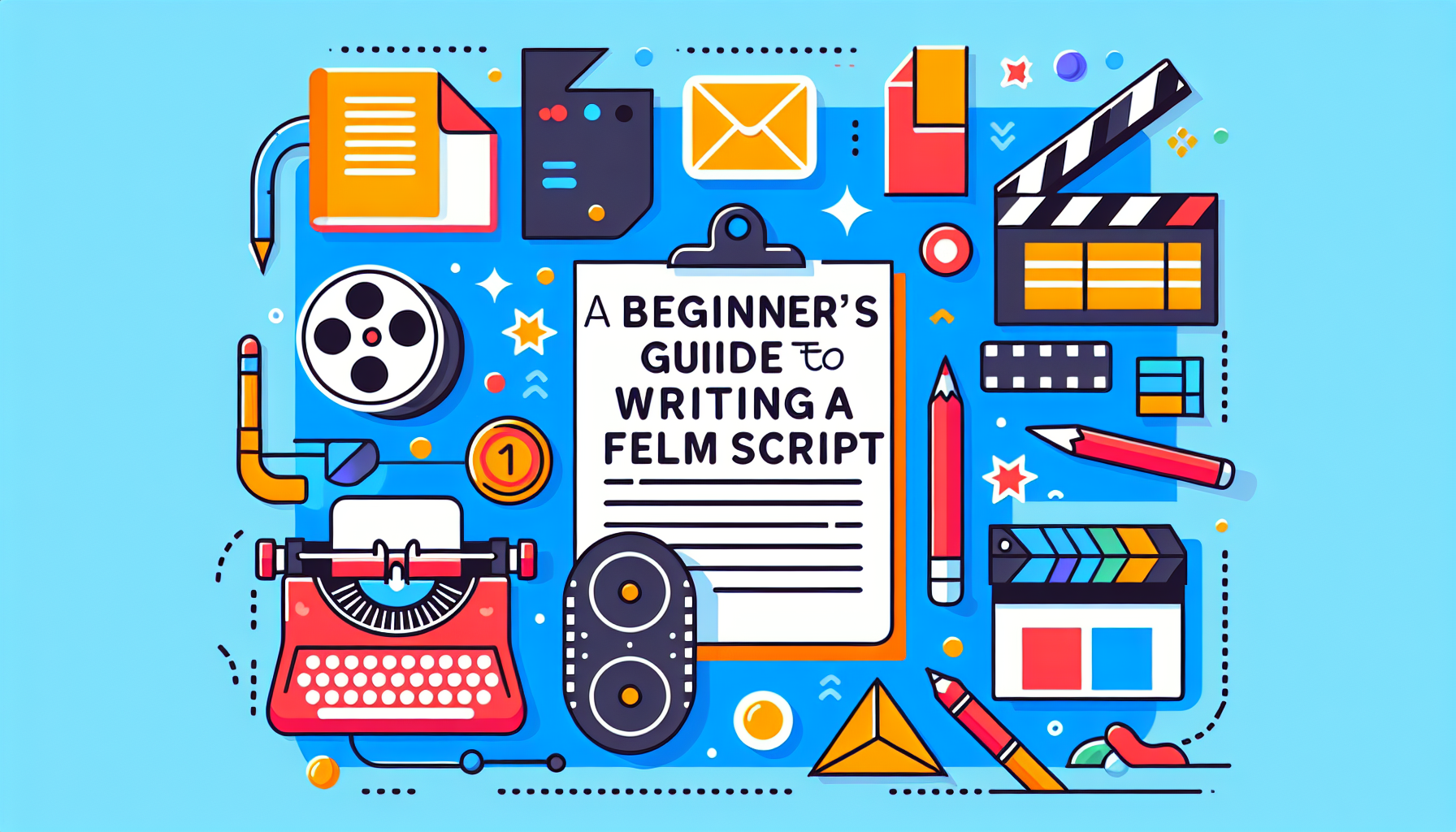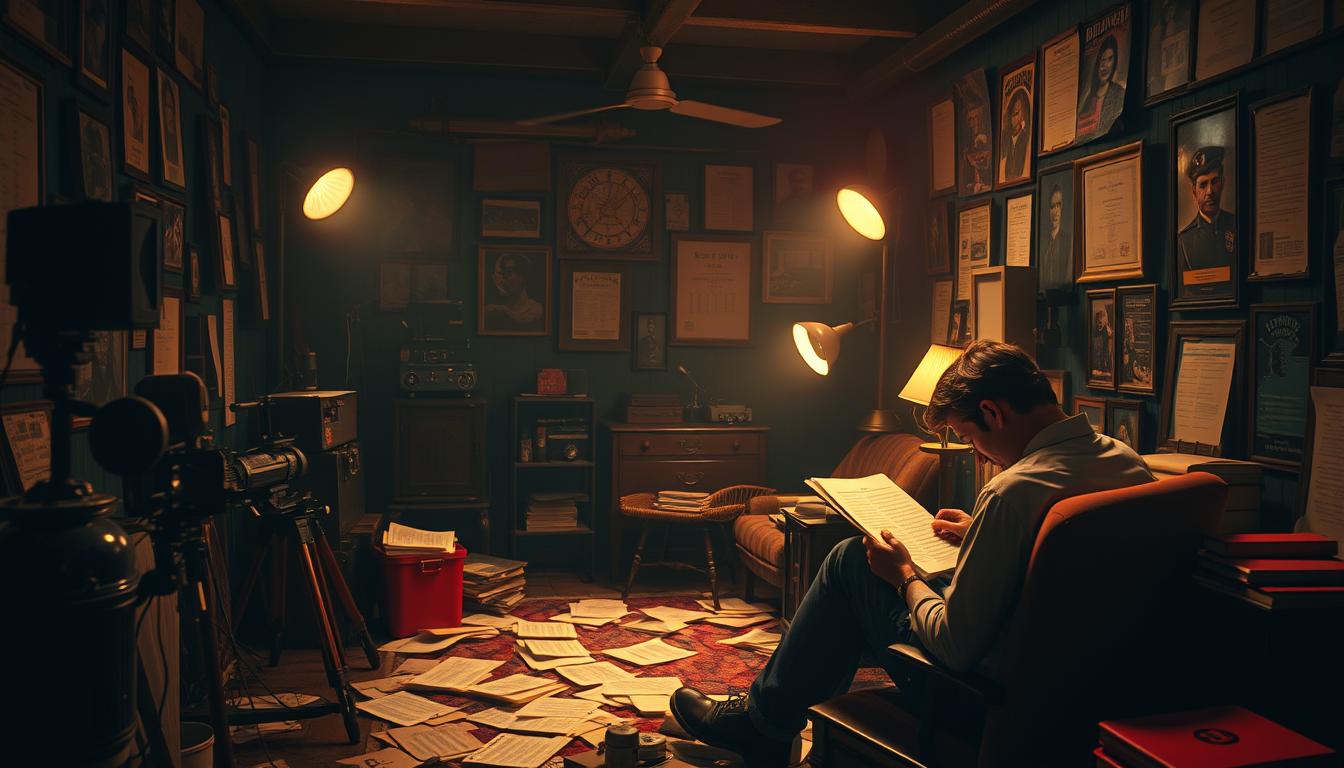Crafting Your First Feature Film Script: A Beginner’s Guide
Embarking on the journey of writing your first feature film script is both exhilarating and daunting. Transforming your ideas into a structured and compelling narrative requires a blend of creativity, discipline, and understanding of the craft. Here is a step-by-step guide to help beginners navigate the process of crafting their first feature film script.
Understanding Script Structure
Before you dive into writing, it’s crucial to understand the traditional three-act structure that most feature films follow. This structure consists of the setup (Act 1), the confrontation (Act 2), and the resolution (Act 3). Familiarizing yourself with this format can provide a rough roadmap for your story, ensuring that it flows logically from beginning to end.
Brainstorming Your Idea
The first step in scriptwriting is to develop your idea. Start by brainstorming the theme, setting, characters, and the central conflict of your story. At this stage, nothing is too far-fetched. It’s about letting your creativity flow and capturing all your ideas, no matter how big or small.
Creating a Logline
Once you have a rough idea of your story, try to distill it into a logline—a one or two-sentence summary that captures the essence of your film. A compelling logline should convey the main plot, protagonist, and the central conflict of your story. This will not only help clarify your vision but also serve as a guiding beacon as you delve deeper into writing your script.
Developing Characters
Characters are the heart of your story. Start by creating detailed profiles for your protagonist, antagonist, and supporting characters. Consider their backgrounds, motivations, and how they will change by the end of the film. Remember, well-developed characters will drive your story forward and resonate with your audience.
Outlining Your Script
Before writing your first draft, it’s helpful to outline your script. An outline is a scene-by-scene breakdown of your story that details the progression of your plot and character development. It allows you to organize your thoughts and identify any potential plot holes or pacing issues before you start scriptwriting.
Writing Your First Draft
With your outline in hand, it’s time to start writing your first draft. At this stage, the key is to keep writing without worrying too much about perfection. Focus on getting your story down on paper—you can always revise and refine it later. Remember to write in the present tense and stick to the screenplay format for dialogue and action descriptions.
Revising Your Draft
Revision is a critical part of the writing process. After completing your first draft, take some time away from your script before returning to it with fresh eyes. Look for ways to tighten your plot, deepen your character development, and polish your dialogue. It’s also beneficial to get feedback from trusted friends or writing groups at this stage.
Finalizing Your Script
After revising your script, you may need to go through several more drafts to get it ready for submission. Make sure to proofread your final version for any typos or formatting errors. A well-crafted and polished script is crucial to making a strong impression on potential producers and agents.
Writing your first feature film script is a journey of discovery, creative expression, and perseverance. By understanding the fundamentals of script structure, developing your story and characters, and embracing the revision process, you can craft a script that captures your unique voice and vision. Remember, every screenwriter started somewhere, and your debut script is your first step into the exciting world of filmmaking.







